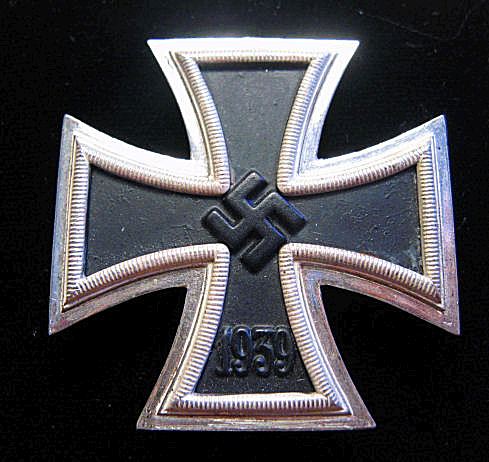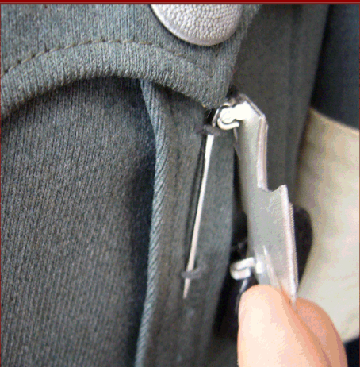The Eisernes Kreuz 1 Class (or EK1)

Measuring in at approx 4.5 cm square, and weighing in at just under 20g. This piece of metal, shaped into a maltese cross, is the most instantly recognisable military award in the world today.
The iron cross as a medal began its days in 1813 by King Fredrick III during Prussia's period of 'blood and iron' - their struggle for survival against Napoleon, however the symbol dates back to the dark ages when worn on the chests of German crusading knights between 1074 and 1270, as they sought to free Europe from the 'Eastern hordes'.
Ironically, at one point the knights even fought for the (now Polish) people on their soil to prevent Khan's hordes from totally destroying the Polish nation (then a nation of Royalty and kingdoms) under the same black cross. After a revival in world war one, Hitler reinstituted the award for his campaign against Poland in 1939!
In World War 2, the Iron Cross as an awarded was separated into separate classes depending on (if you were a soldier) the acts of valor and the number of times performed. The lowest grade was the 2nd Class, then the 1st, followed by the German Cross and then the Knights Cross with all its grades. This site will only cover the recipients of the 1st Class.
In order to receive the Iron Cross 1st Class Heer and Waffen SS men would have to perform three to four further acts of courage from the one that earned him the 2nd Class. The Luftwaffe and Kriegsmarine had the following criteria; the award was regularly awarded to U-boat Commanders upon sinking 50,000 tons and to Luftwaffe pilots when they achieved six or seven confirmed kills. Of course these were only guidelines, and a single act of great importance or a long steady career could earn the individual the Cross.
When presented, the Iron Cross 1st Class (or EK1) would be presented to the winner in a square black leather hinged case. The winner will then typically sew 2 loops onto the left breast pocket in the center and affix the cross there via the single hinged pin on the reverse of the award. There were other ways and types of EK1s but this was the most common.
A wearer of the Iron Cross in any of its grades was seen by the German people as a protector of Germany and Europe. It was seen as a status symbol and a soldier returning home from leave with one on his uniform was afforded privileges. To the German people, the cross is an ingrained symbol of Christianity and protection that, even at war's end and today is still allowed to be worn proudly by veterans, (albiet with a new central motif) a symbol not even the era of de-nazification immediately after World War two could erase completely from history.



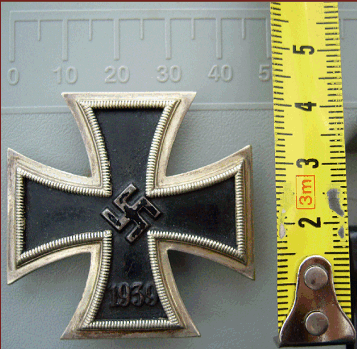
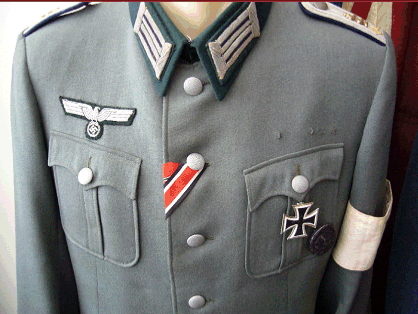

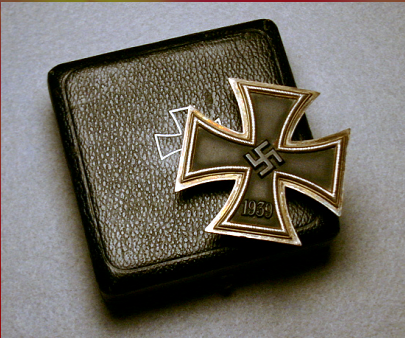
Sources:
Poland : James A. Michener
Wehrmacht-awards.com
www.diggerhistory.info










